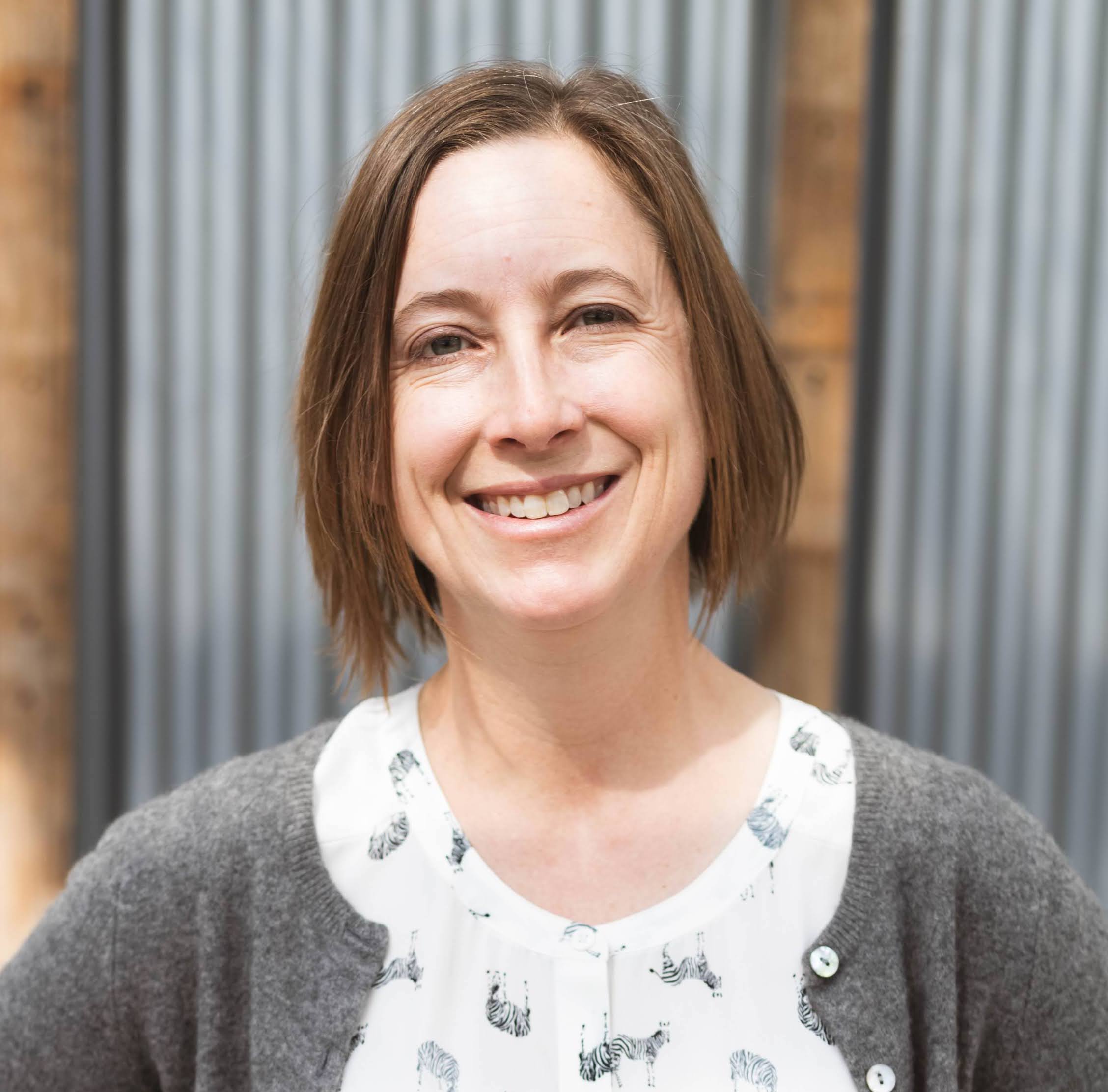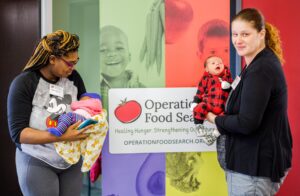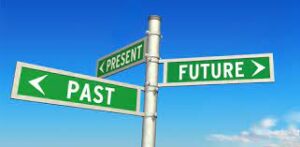GUEST OPINION BY TEVA SIENICKI, CEO-VISIONARY AT METRO CARING, DENVER, CO – Grant applications often ask us: “What’s your sustainability plan?”
It’s a realistic question; but the way it’s asked is far too narrow in scope. Funders want to know how the work will continue after the funding runs out. But the question is based on a false assumption: that food banks and pantries should sustain themselves (or could somehow do so without charitable contributions).
The food bank model isn’t sustainable. In my state, 1 in 3 Coloradans lack reliable access to nutritious food. It’s not possible for the charitable food sector to keep meeting that steep need.

Like most of us in this sector, at Metro Caring, we recognize food as a human right. We believe that everyone in our community should be able to access nutritious foods when and where they need. However, after nearly 50 years of grinding away in the charitable food world, trying to bring more pounds in and give more pounds out, we’re throwing in the towel on that endeavor. We’ll keep doing our part, but we can’t keep trying to grow the charitable food portion of our work forever.
At Metro Caring, we model our Fresh Foods Market after a grocery store as much as possible. Shoppers steer carts around our two-aisle market, taking the items they need from the produce wall, the meat counter, and the coolers. We prioritize healthy, fresh, culturally accessible food for the shelves. And there’s no paperwork, proof of income, or citizenship required.
We return some dignity to the shopping experience because we reject the idea that when you’re poor, you should take whatever you can get, that something is better than nothing. Cheap, unhealthy, overly processed foods lead to greater health issues that become financial burdens on already strapped families.
But no matter how much we try to mimic the grocery store experience, the Fresh Foods Market still relies heavily on donations, leading to varying inventory. Limited resources force limited hours. Record high levels of demand led us to a policy that requires shoppers to make a monthly appointment to avoid long wait times while still allowing as many households to shop as possible. Simply put, we cannot compete with the selection, convenience, and purchasing power of multinational grocery corporations that those with money in their pockets can take advantage of. Truthfully, we see charitable food distribution, our own model, as a separate and unequal system of food access.
As we emerge from the crisis of the pandemic into this weird new normal, we cannot limit our thinking to these day-to-day operations and how to keep up. When we think about sustainability for anti-hunger work, it must be with this broader lens: How do we sustain ourselves for the long-term nature of this struggle, and how do we sustain disruption to an oppressive status quo?
Far too many workers don’t make a livable wage. Far too many retirees and folks living on disability are trying to make ends meet with woefully inadequate benefits. And now that SNAP has returned to pre-pandemic levels, the assistance levels are almost laughable. As a mom of two teenage boys, I know what it costs to feed growing children and would be hard pressed to do it on SNAP. We need to think creatively if we’re going to realize our mission to end hunger.
At Metro Caring, we’re prototyping a Universal Basic Food program (as a part of a local food utility), where everyone can access the main food items they need for free. We’re exploring food as medicine programs in partnership with local healthcare providers. We’re planning to redevelop our physical site to include over 120 affordable housing units, so we can directly address a leading cause of hunger in our community. And we are building our community organizing and community development teams to fight hard for the systems changes we all need. Our plans for the future need to include these kinds of investments and innovations.
But to get there, we need healthy and restorative practices for our movement leaders.
The global consultancy DDI found in 2021 that 60% of nonprofit leaders felt “used up” at the end of the workday. Givebutter surveyed its members last year and 100% of respondents on Twitter and LinkedIn and 71% of Facebook members reported that they felt burnt out. One person commented that perhaps it was better to ask “who wasn’t burnt out.”
Leaders of color, LGBTQ+ leaders and other leaders from communities who experience the oppressions we seek to mitigate through our work are even more likely to experience this burn-out—and at deeper levels as their communities and families are impacted by ongoing and grinding oppressions. We risk losing many talented current and potential leaders, creating a sector-wide crisis in leadership if we do not begin to activate solutions to attract and retain talent.
After too many members of our team burned out at Metro Caring, we’re trying to better design work to support innovation and sustainability. When we set our quarterly goals, each person sets personal goals for their well-being. We’re experimenting and tweaking quiet hours, which are meeting- and notification-free time periods for focused work.
We’re working to improve our employee benefits to support more rest and better work/life balance. We offer weekly wellness hours that employees can use at their discretion to go to the gym, visit a doctor, or go for a bike ride, and paid sabbaticals for all staff at year six. Our staff Wellness Council supports holistic well-being and creates wellness challenges throughout the year that appeal to our staff’s competitiveness. We’re even planning a trial for a shorter work week this summer. We base all of this on the emerging science of how people actually work, not just how things have always been done.
We’re also dispersing leadership, so that the executive roles are sustainable long term. Rejecting the notion of a super-human CEO who sacrifices themselves to the work, we transitioned to a co-leadership model with two CEOs: me and Erik Hicks. This model helps each of us better lean into our strengths, expand our fundraising capacity, and focus on collective action and shared power.
It also helps us rest. In my career, I learned the hard way that innovation/creativity and rest/renewal are two sides of the same coin. You can’t achieve one without the other. Last year, thanks to Erik and the rest of my colleagues, I was able to take a sabbatical of my own to recommit to my health and wellness.
There’s this idea that we can’t rest until the job is done. But we will never ensure that hunger is a rare and temporary condition if we’re constantly facing staff turnover and community burnout. Instead, our sector should lead the disruption of the expectations we’ve come to know in the workforce—long weeks, limited time off that’s hard to take, and a sense of constant availability—to show how care and rest can lead to the changes we need to see. That’s what I hope our sustainability plans look like.
PHOTO, TOP: The Fresh Foods Market at Metro Caring. Photo by Saucedo Media.
Like what you’re reading?
Support Food Bank News
This article was made possible by the readers who support Food Bank News, a national, editorially independent, nonprofit media organization. Food Bank News is not funded by any government agencies, nor is it part of a larger association or corporation. Your support helps ensure our continued solutions-oriented coverage of best practices in hunger relief. Thank you!
Connect with Us:









